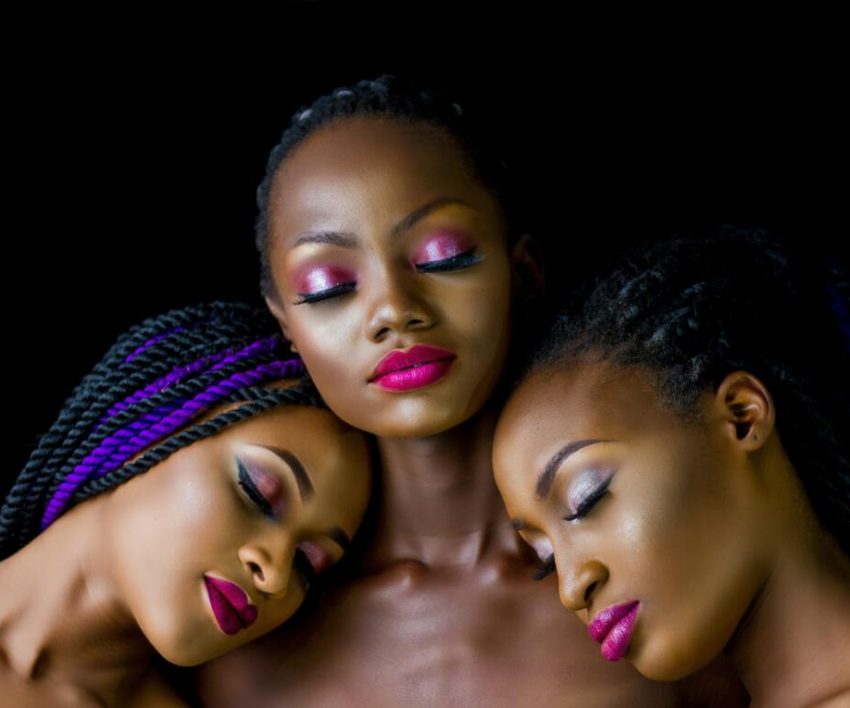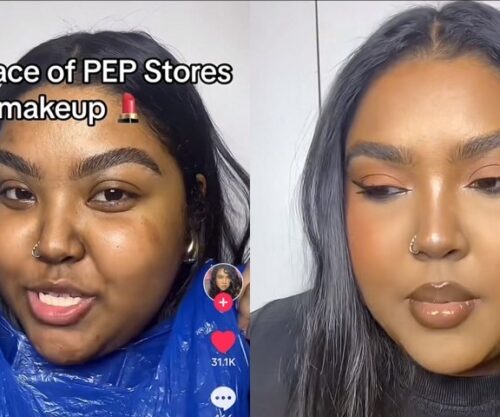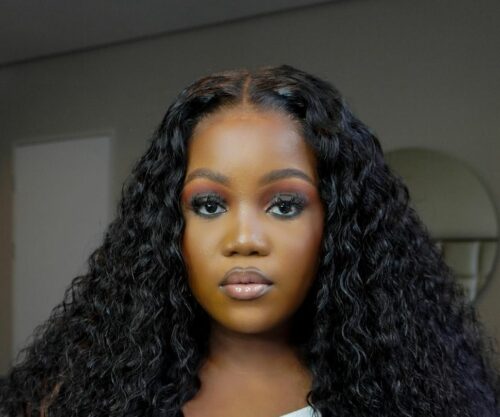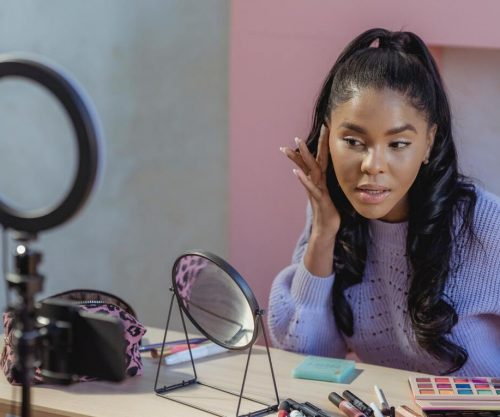
Contouring your features is a technique that was previously used professionally as a stage makeup technique, it was later made popular through social media by contouring makeup artists and has since been incorporated by many in their daily beauty routine.
The technique is carried out using powders, creams, and liquids. these are usually neutral skin-tone colours (may also have other unique shades). These different products are used to bring definition to the face, adding ‘light’ and ‘shadow’ to different facial areas and bringing out your facial structure by highlighting the cheekbones, jawline, and other features.
For those who would like some tips on how to get a perfect makeup contour, we have compiled six easy steps supplied by Masterclass.
Prep the face – wash your face and apply moisturizer to keep makeup from clumping up around any dry skin or harsh lines. Primer is optional, but with a more involved makeup look, you might want to go for it. Primer acts as a buffer between your skincare and your makeup products, allowing both to work better and last longer. Even out skin with a little foundation and/or concealer in shades that match your natural skin tone and undertone, covering any blemishes or discoloration.
Shadow. The easiest and most familiar way to contour is to take your darker shade and use it to create a shadow underneath your cheekbones. Find your cheekbones by sucking in your cheeks and tracing the product along the hollows of your cheeks, following the natural shape of your jawline and temple. Depending on your face shape and unique facial features, you can place your shadow in one of three places: along the sides of your nose; in a “3” shape that follows your hairline, under cheekbone, and jawline; or in an upside-down triangle shape framing your cheeks. Play around with different lines, sculpting your face with shadows until you find the look that works for you.
Highlight. Apply your lighter shade or a highlighter to areas of your face that reflect light naturally: your forehead, the bridge of your nose, the tip of your nose, the top of your cheekbones, your cupid’s bow, and around the eyes and brow bone. Use concealer that’s slightly lighter than your skin tone, or a shimmery (not sparkly!) highlighter, illuminator, or eyeshadow.
Blush. Applying blush to the apples of your cheeks isn’t necessary for a contouring look, but it can help your makeup look more natural, acting as a bridge between your shadow and highlight areas.
Blend. Since you’re working with shades that don’t match your skin tone, blending is especially important. Using a big, fluffy brush, blending brush, or makeup sponge, blend your shadows and highlights into your skin or foundation layer until the lines you created look more natural.
Set. For a flawless finish, apply setting powder or spray.



